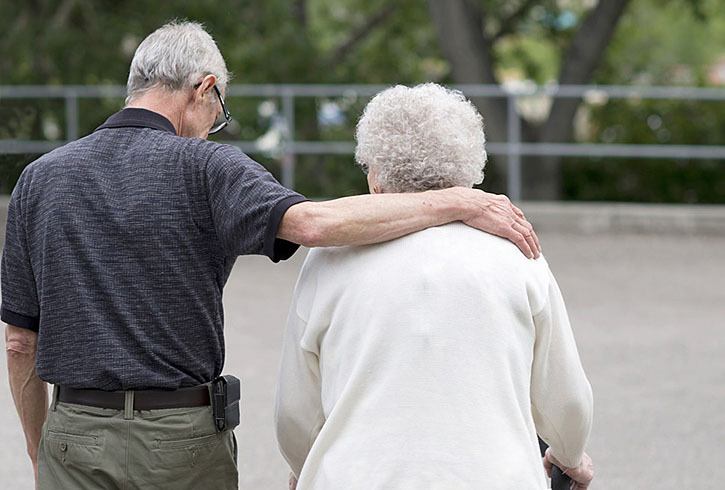Rising wait times for residential care and a lack of affordable rental housing continue to plague seniors in B.C., the seniors’ watchdog said in her annual report on Tuesday.
In 2014-15, 64 per cent of seniors were admitted to a facility within the target 30 days. In 2015-16, that number decreased to 57 per cent.
On average, seniors in B.C. now wait 46 days to be admitted to a residential care facility, compared to 40 days last year.
Island Health was the worst performing health authority in the province, with the number of seniors who got in within 30 days going down by just over one-third.
Seniors Advocate Isobel Mackenzie linked the high wait times to a lack of home care, which could help seniors stay at home for longer.
“B.C. continues to have a very disproportionately high percentage of people in residential care that don’t meet clinical guidelines to be there,” Mackenzie told reporters. “We want to make sure our beds aren’t being occupied by people who could be supported in the community. But of course if we’re not giving them the home support, they can’t be [at home].”
The lack of care aides reflects the difference between B.C. policy for home support – which Mackenzie calls the best in the country – and the reality on the ground.
“We are not fully realizing the potential of this service to maintain seniors’ independence at home,” she said.
The overall number of home support hours in B.C. declined by 0.1 per cent this year, down from one per cent last year. However, while the drops aren’t large, Mackenzie said they’re concerning as the population of seniors aged 65 and over has grown by 4.3 per cent.
#BC 65+ population is growing: @SrsAdvocateBC pic.twitter.com/fdnQIHr6FG
— Kat (@katslepian) December 13, 2016
“So even to remain the same level of service, you need to be increasing the number of hours to accommodate the increase in the amount of people who would be eligible for support,” she said.
Mackenzie also found problems for seniors still living at home, in that their provincial rent subsidy isn’t meeting demand.
Since 2005, the maximum rent that qualifies for the subsidy has gone up nine per cent, but rents have increased by 34 per cent.
Office of the Seniors Advocate 2016 Monitoring Seniors’ Services Report
Like us on Facebook and follow us on Twitter.
